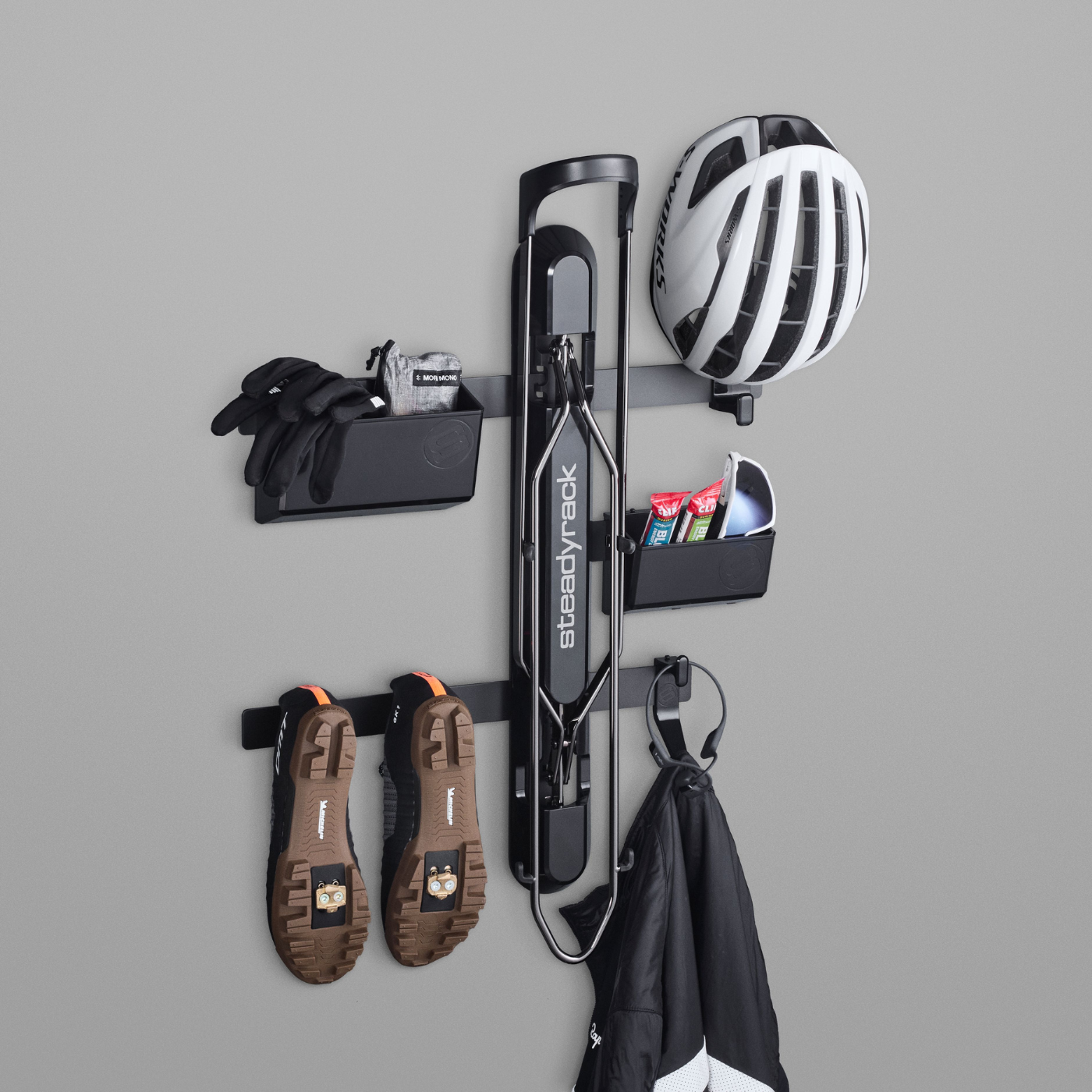What can we learn from the Dutch?
The Netherlands has more bikes than people. It’s true. There are 17 million Dutch residents, with a total bike population of 23 million. Back in 1973, after an oil crisis in the Middle East, the Dutch government pivoted away from autos and began investing in cycling infrastructure. Cut to 2018 and the Dutch government has invested $US390m in further cycling infrastructure, including; new bike parking facilities, storage facilities and improving the surface of cycling routes. Aside from the obvious health and climate benefits, there is also a reduction in auto related accidents and deaths. And now, the Dutch government is paying local residents to travel and commute by bicycle. Their goal is to increase bike travellers, visiting family, friends and commuting to work by 200,000 in the next year. According to the Dutch ministry of Infrastructure and Water Management, local cyclists currently receive US$0.22per kilometre as tax credit. In spite of this benefit not being currently supported by employers, there are 11 employers who have committed to financing bikes for their employees. The government will continue to urge employers to work with them, by offering improved facilities for employees that commute on bikes. With their cycling freeways, The Netherlands is one of a few countries that seriously considers and supports cycling as a viable mode of transportation. It’s not like they have beautiful, warm, sunny weather all year long like other bike friendly destinations do. There are four seasons, full of snow, cold temperatures and ice that the Dutch have to contend with while cycling to and from work, etc. What will it take for the rest of the world to seriously consider cycling as a viable ode of transport? Does each government really have to entice commuters to get out their cars and onto a bike by paying them?








